What are the 20 principles of the European Pillar of Social Rights? (easy-to-read version)

Easy to read is a way
to make information accessible
so people with intellectual disabilities
and all people can understand it
This is the symbol we use for easy to read.
You can find more information at
inclusion-europe.eu/easy-to-read/
The European Union (EU) is a group
of 27 European countries
working together.
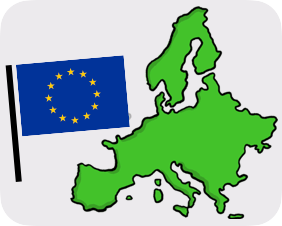
The European Union wants to make Europe
a fairer place, inclusive and full of opportunities
for everyone.

To make this happen, the European Union set up
the European Pillar of Social Rights.
The European Pillar of Social Rights
explains what every European Union country
should do to make sure everyone gets a good job,
and other rights.

Rights are what you are allowed
to have and do by law.
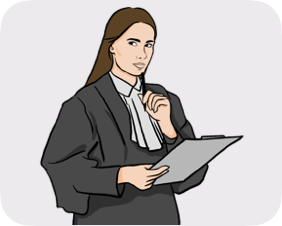
The European Pillar has 20 parts,
called ‘principles’.
These parts have been agreed
by all 27 European Union countries.

-
1. Education, training
and life-long learning
Everyone has the right to good education and training
throughout their whole life.
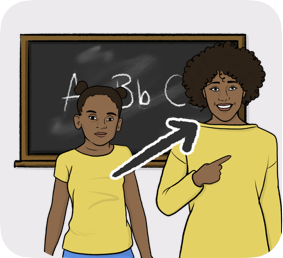
-
2. Equal treatment
between women and men
Men and women must be treated
in the same fair way
in every part of life.
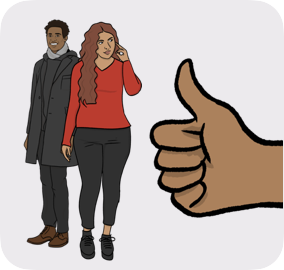
This includes being treated in the same fair way:
- when you are looking for work;

- when you are in work;
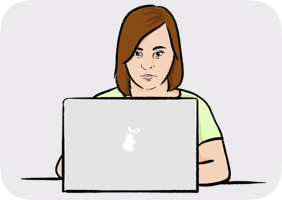
- when getting paid for the work you do.
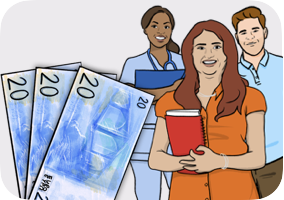
-
3. Equal opportunities
Equal opportunities means that everyone
has the same fair chance to take part
in the world around them.
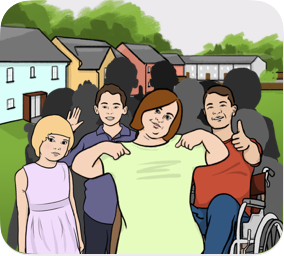
-
4. Help to get a job
Everyone has the right to be supported
to get work or set up their own business.
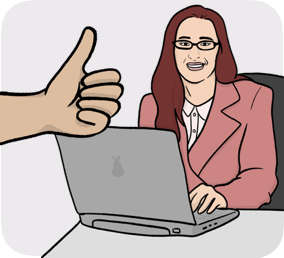
-
5. Work that is flexible
and lasts for a long time
All workers have the right to:
- fair and equal treatment at work;
- get support and training;
- feel safe and secure in their job.
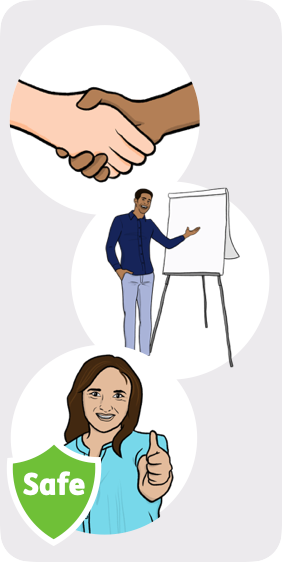
-
6. Pay
All workers have the right to fair pay,
for a decent standard of living.
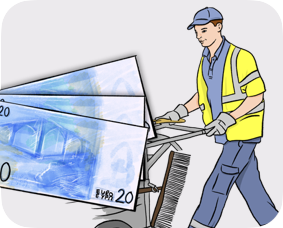
-
7. Clear information about your job
All workers have the right
to clear information about their work.
Workers also have the right
to clear information about the reasons
why they lost their job.
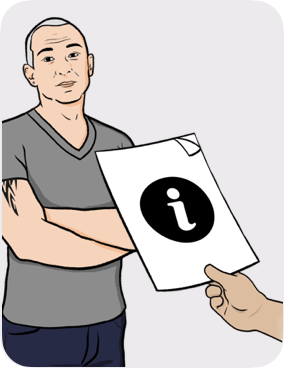
-
8. Listening to workers
All workers have the right to speak up
about decisions that affect them at work.
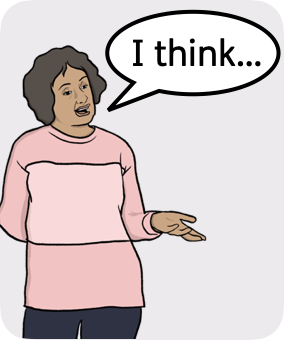
-
9. Work-life and home-life
All workers who are parents or carers
have the right to take time off work
to help the people they look after.
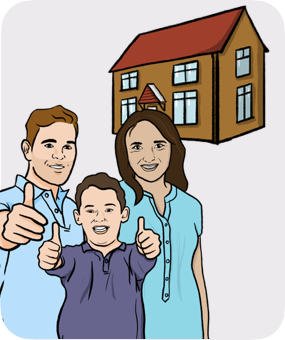
-
10. Health and safety
All workers have the right to be protected at work.

Workplaces should be safe and healthy for everyone.

Personal information must stay private.
-
11. Childcare and support to children
All children have the right
to get good care and education.
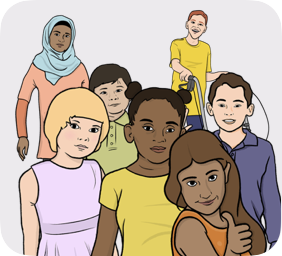
All children have the right
to protection from poverty.
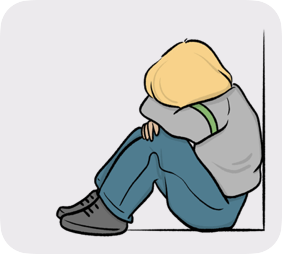
-
12. Protection from being very poor
Everyone has the right
to the basic things they need to live.

-
13. Unemployment benefits
Everyone without a job
has a right to unemployment benefits.
This is money to help you afford
the basic things you need to live.

-
14. People who don’t have enough money
People who cannot afford basic services
have the right to extra help
from the government.
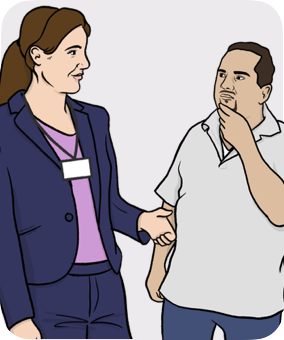
-
15. Old age pensions
Women and men
have equal rights to a pension.
A pension is money for you
to live on when you retire.
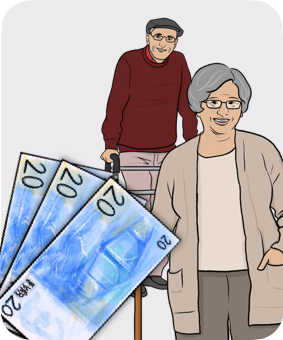
-
16. Healthcare
Everyone has the right to affordable,
good-quality healthcare.
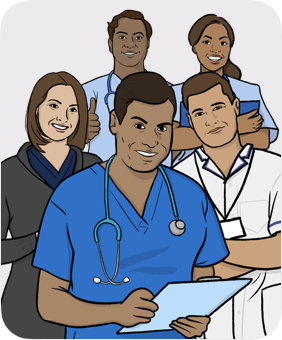
-
17. People with disabilities
People with disabilities
have the right to support to:
- live with dignity;
- take part in the world around them.
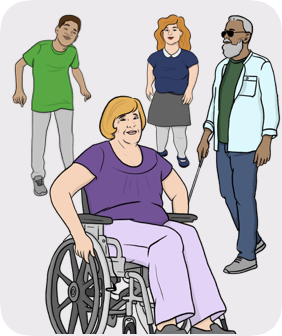
-
18. Long-term care
Everyone has the right
to affordable long-term care.
That is care for people
who have a health condition or serious disability.
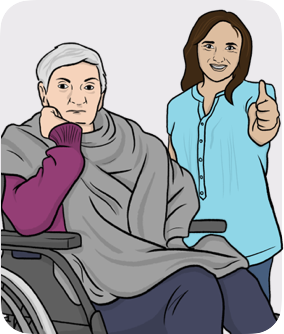
-
19. Housing
Everyone has the right to a good-quality,
affordable place to live.
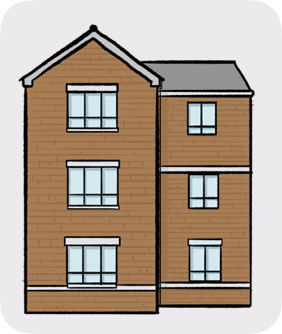
-
20. Basic services
Everyone has the right to basic services.
Basic services include getting access to things
like water, electricity, banking and internet.
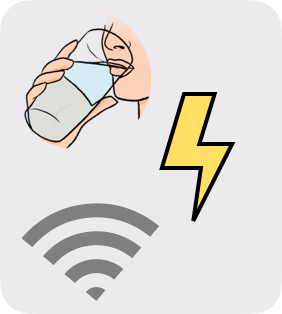
For more information
If you have questions, you can send us an email.

This easy to read information was produced
by the European Commission and easy-read-online.co.uk
The content was checked by self-advocates
from Mencap Liverpool and Sefton,
including Emma Geraghty and Soph Gallagher,
and the facilitator, Jo Bruce.
The images we used in this text
are available on a website of images
that is called 'Shutterstock'.